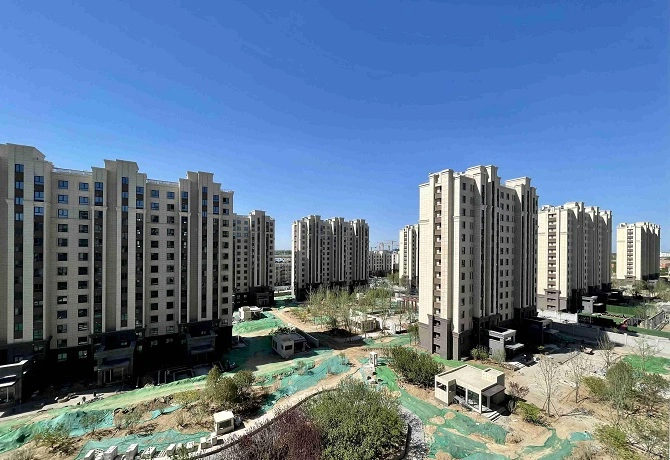Heating systems play a crucial role in maintaining indoor comfort and energy efficiency in buildings. Among the various options available, the choice between dry floor heating and wet floor heating systems remains a significant decision for property owners and builders. This article explores the key differences, advantages, and considerations when choosing between the SOHO Dry Floor Heating System and traditional Wet Floor Heating System, helping readers make an informed decision based on their specific needs and preferences.

The innovative SOHO Dry Floor Heating System, operate by circulating heated air through pipes or electric coils installed beneath the flooring surface. This method of heating provides quick and efficient warmth to the space above, offering precise temperature control and responsive heating capabilities.
Contrasting with Dry Floor Heating Systems, Wet Floor Heating Systems utilize water pipes or tubes embedded in the floor structure to circulate heated water. This method relies on the thermal mass of the floor to radiate heat, resulting in slower but more consistent heating that retains warmth for an extended period.
When comparing energy efficiency, Dry Floor Heating Systems are often considered more efficient due to their rapid response and ability to heat specific areas as needed. On the other hand, Wet Floor Heating Systems may require longer heating times and consume more energy to reach and maintain desired temperatures throughout the space. What's more, the installation process for Dry Floor Heating Systems, the SOHO Dry Floor Heating System, is typically simpler and quicker compared to Wet Floor Heating Systems, which involve complex piping systems and hydraulic connections. Additionally, the maintenance requirements for Dry Floor Heating Systems are often lower, as they do not involve the risk of leakage or corrosion associated with water-based systems.
In terms of heating performance, Dry Floor Heating Systems offer faster response times and zoning capabilities, allowing for customized temperature control in different areas of a building. While Wet Floor Heating Systems provide more consistent and uniform heat distribution, they may be less responsive to temperature adjustments and zone heating requirements.
Considering environmental impact, Dry Floor Heating Systems, particularly those utilizing energy-efficient components like the SOHO Dry Floor Heating System, are designed to minimize energy consumption and reduce greenhouse gas emissions. This focus on sustainability aligns with green building practices and promotes eco-friendly heating solutions.
The choice between Dry Floor Heating Systems and Wet Floor Heating Systems involves a careful consideration of heating performance, energy efficiency, installation complexity, maintenance requirements, and environmental impact. By comparing the advantages and considerations of each system, the SOHO Dry Floor Heating System and traditional Wet Floor Heating Systems, property owners can make an informed decision that suits their specific heating needs and preferences. Whether prioritizing rapid heating response, energy efficiency, ease of installation, or environmental sustainability, selecting the right floor heating system can enhance indoor comfort, reduce operating costs, and contribute to a more sustainable built environment.